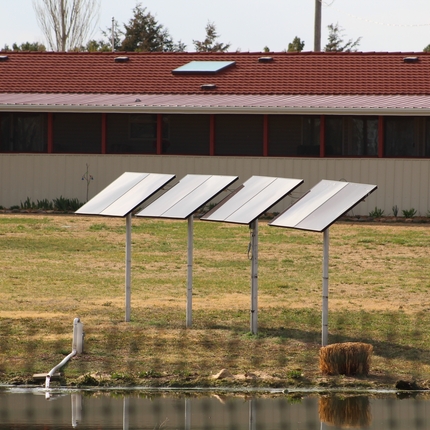By Kayla Bergman, former staff member
Farmers are increasingly adopting renewable energy on their farms. According to the U.S. Census of Agriculture, released on April 11, 2019, solar and geothermal energy systems on farms have increased significantly since the last Census in 2012. In 2017, there were 133,176 farms producing renewable energy—more than double the 2012 total.
The Census reports 90,142 farms had solar energy production in 2017, a 60 percent increase from the 36,331 farms reported in the 2012 census.
Solar production has become increasingly popular, especially on farms, in recent years. This is partially due to a federal tax incentive—called the Investment Tax Credit, which allows people to deduct 30 percent of their installation cost from their federal taxes. This also can be attributed to the decreased return on investment timeline with increased local utility rebate programs and lowered initial costs of installation.
Production of geothermal systems on farms in the U.S. has increased 69 percent to 30,343 farms reported in 2017.
Geothermal systems provide a renewable energy alternative to heating and cooling on farms. The systems use groundwater circulation and heat pumps to push warm air into the ground in the summer and pull warm air up from the ground in the winter. The increase in geothermal on farms is partially due to rebates offered at the federal, state, and utility levels—as well as increased awareness of the cost-saving tool.
As farmers look for more ways to reduce costs, renewable energy systems can help them meet their bottom lines.





